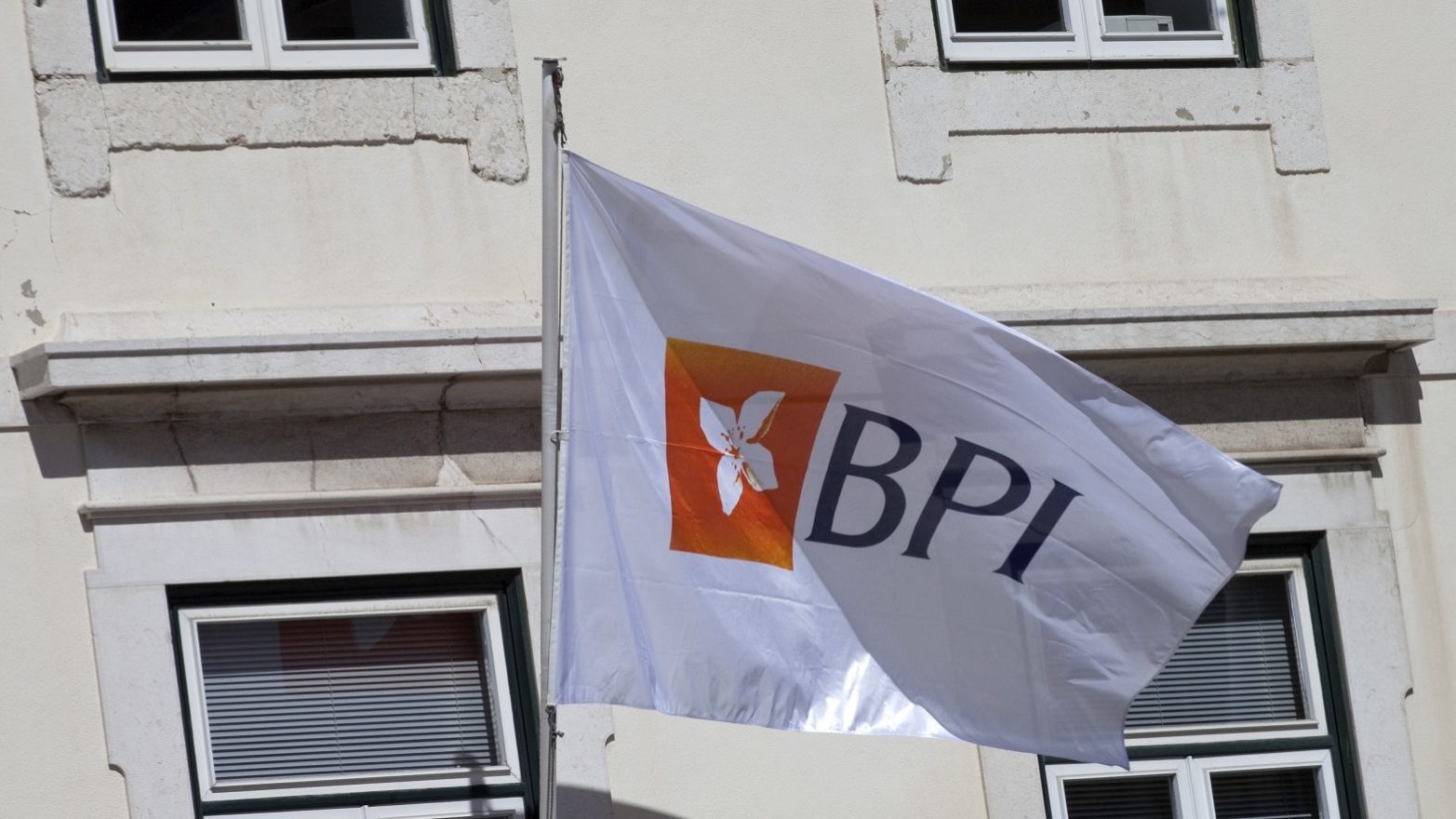Number of bank branches declines, remains above euro area – Bank of Portugal
The number of bank branches in Portugal more than doubled in the 1990s, from less than 2,000 in 1990 to around 5,300 in 2000.
The number of bank branches in Portugal has fallen significantly since 2010, with almost 2,000 branches closing in the last decade, but the number still remains above the euro area average, according to data released on Tuesday by Bank of Portugal (BdP).
According to the long series of the Portuguese banking sector published on Tuesday (1990-2018), the number of bank branches in Portugal more than doubled in the 1990s, from less than 2,000 in 1990 to around 5,300 in 2000.
After some stabilisation in the first five years of the new millennium, there was a further increase in the following years, reaching a peak close to 6,500 in 2010. Since then, and especially from 2013 onwards, the number of branches has fallen sharply, standing slightly above 4,000 in 2018.
The document also highlighted that in recent years, the sector has experienced a context of marked reduction in the number of workers, since in 2008 there were a total of 78,963 workers, in 2018 the figure was 62,895 workers (around 16,000 fewer), but still with a predominance of workers with many years of experience and age.
The database released on Tuesday contains historical information on the Portuguese banking system, which includes data on financial indicators, loans to customers and interest rates, human resources, branch distribution and payment systems.
The downward trend in the number of branches also occurred in the euro area, but started earlier than in Portugal, the BdP report said.
In relative terms vis-à-vis the population, the maximum number of branches in the euro area occurred in 1997 (the first available year of the series), while in Portugal the maximum value occurred in 2010.
In 2018, the number of branches per million inhabitants stood at 405 in Portugal and 395 in the euro area.
The difference is more notable when considering the relative size of the respective banking sectors and, in this case, Portugal always appears as one of the countries with the highest number of branches per asset under management.
Considering total assets, only three countries have a higher number of branches than Portugal (Slovenia, Lithuania and Slovakia), while considering the population this number is slightly higher (Estonia, France, Cyprus, Italy and Austria).
The document points out that after significant growth since 1990, the sector has been in the process of adjusting its size since 2010.
According to data, in 2018 in the euro area, for every 1,000 people, 5.4 work in the banking sector, while that figure is 4.5 in Portugal.
This comparison changes, however, when considering the number of employees concerning the value of assets managed.
In 2018, 57% of bankers had been working in the sector for more than 15 years and 48% were over 48 years old (45% aged between 30 and 44 and only 7% under 30).
In terms of education, 63% had a tertiary level (20% in 1990), 33% a secondary level and 4% a basic level (40% of the total in 1990).
The evolution of human resources allocated to banking was marked by two remarkable characteristics, the report says.
“On the one hand, there was little renewal of workers. Within the universe of institutions belonging to the Portuguese Banking Association, the number of employees for more than 15 years in each institution almost doubled between 1990 and 2018, representing in the most recent year 57% of the total number of employees assigned to the internal activity. (…) On the other hand, there was a significant increase in average schooling,” the BdP pointed out.
In 2018, the average age of employees was 41 years, and this figure was heavily influenced by the larger groups.
Over the last 30 years, the banking system’s net interest income has decreased, in a context of a significant reduction in interest rates and financial intermediation margins, as well as a strong deceleration in credit.
After years of strong credit growth, the financial crisis and the adjustment of the Portuguese economy led to an increase in liquidity levels: the ratio of credit to deposits fell from around 150% in 2010 to less than 90% in 2018.
The Long Series – Portuguese Banking Sector database 1990-2018 will be updated annually.


